Producer / engineer Forrester Savell: my top 6 recording tips for guitarists
The acclaimed Australian producer has worked with Bryan Beller, Karnivool, Helmet, Cog and Animals As Leaders
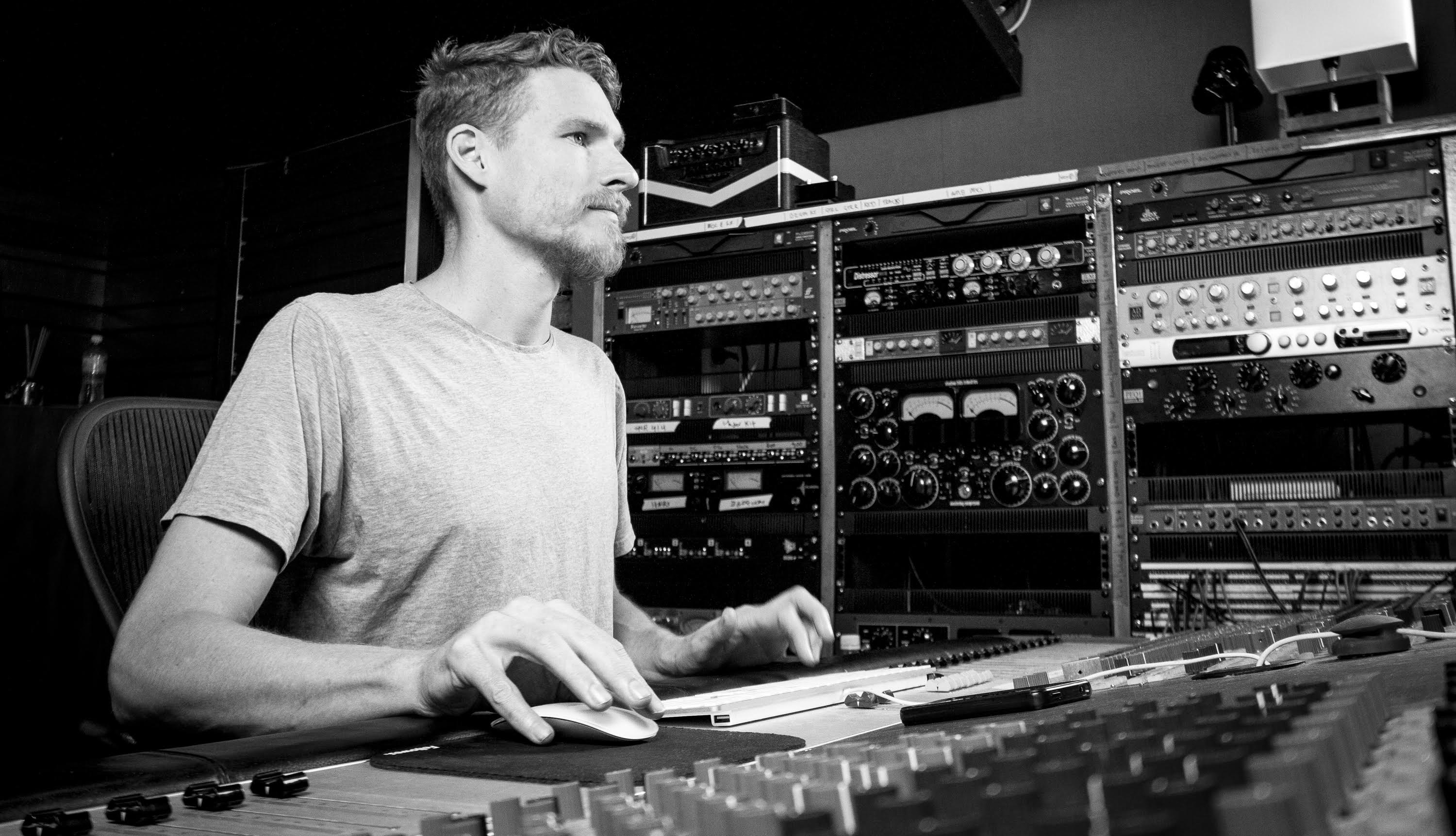
When it was time for Aristocrats bassist Bryan Beller to mix his solo double-album opus, Scenes From The Flood — all 18 songs, 88 minutes, and 26 musicians of it — he had one name, and only one, in mind for the undertaking: Forrester Savell.
Like so many of his colleagues, and millions of music fans, Beller discovered what he describes as Savell’s “extremely detailed ears” through progressive rock band Karnivool’s 2009 album, Sound Awake, which put both the band and Savell — who produced, engineered, and mixed the disc — on the world’s radar.
By that time, however, Savell was halfway into his now twenty-year recording career, tracking for the likes of Twelve Foot Ninja, The Butterfly Effect, and Animals As Leaders, and picking up two ARIA Awards nominations for Producer of the Year along the way, for Sound Awake and Dead Letter Circus’s This Is The Warning.
A native of Perth and longtime resident of Melbourne, Savell began as a musician, playing drums and guitar, but never with intent to pursue either as a career. His passion early on was to create music from the other side of the glass, and as such, working knowledge of the instruments was critical.
I can play chords, and I’ve played guitar parts on different albums where needed, but I don’t want to imprint my way of playing onto someone else’s artistic vision
“I felt I needed to understand enough to be able to communicate with the musicians I record,” he says. “I can play chords, and I’ve played guitar parts on different albums where needed, but I don’t want to imprint my way of playing onto someone else’s artistic vision, so I’ve always been cautious about stepping in. From the moment I walked into a studio, I realised that’s where I wanted to be as my creative outlet, as opposed to actually performing on the recordings myself.”
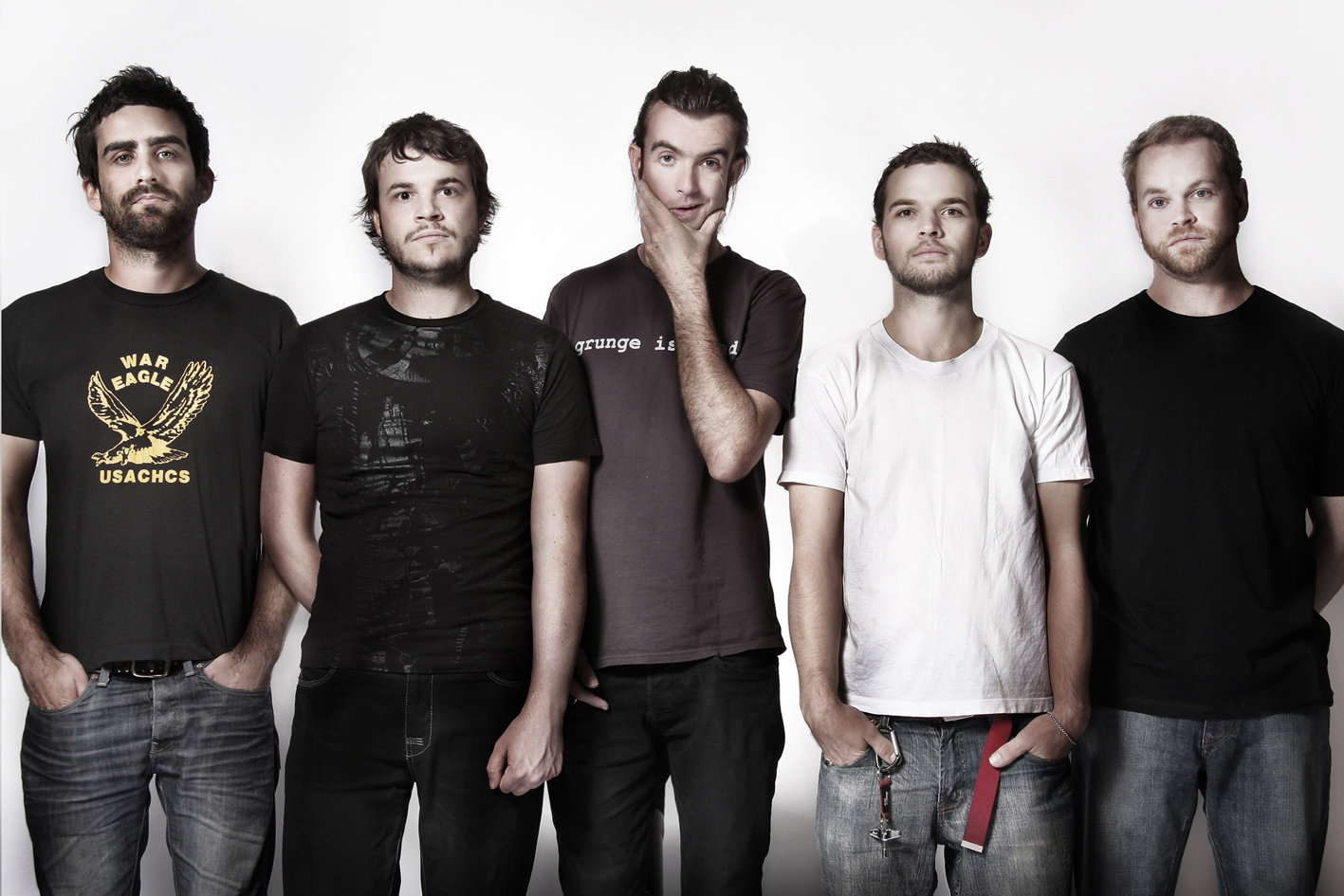
Savell graduated from the West Australian Academy of Performing Arts in 2000, and moved to Melbourne with his longtime friends, the band Full Scale, for whom he recorded two albums.
He worked at Metropolis Audio studio, but when Full Scale signed with Columbia Records in the US and were flown to Los Angeles in 2003 to record with producer Jay Baumgardner at NRG Studios, he “went along for the ride. I knocked on the door of the studio and said, ‘I’m the guy who did all the demos and the previous records that you guys really liked, and I was wondering if I could get involved.’ Jay was amazing and accommodating and said, ‘Yes, jump onboard.’”
Get the MusicRadar Newsletter
Want all the hottest music and gear news, reviews, deals, features and more, direct to your inbox? Sign up here.
Karnivool really think about music in their own unique way, and I feel I was able to identify that very early on
Savell remained at NRG for six months, working with Baumgardner and engineering Helmet’s Size Matters. His plan was to apply for a green card and remain in the US… until Karnivool sent him the demos for what would become their first album, Themata. “I thought, I really have to go back and record this album,” he says, “and that changed the course of my career.
“Karnivool really think about music in their own unique way, and I feel I was able to identify that very early on,” he continues. “I got that they were gifted and talented. Themata is a great album and was their first foray into that. Sound Awake was a bit more of a distillation of those ideas and a more experienced step forward in terms of their artistic vision, and that was the case for me as well.
"By that stage I definitely grew up in my production and engineering skills, and we all arrived at that time and place with our best skills set. I think that’s probably why the album resonated so well, because we were all much more capable, and had the right settings and the right musical ideas, and they wrote some great songs.
"That’s fundamentally why any record is successful — because of the music that’s written, rather than the engineering or production. That can be a great vehicle for presenting those musical ideas, but no matter the quality of the recording, the music is always going to speak first, and those songs on Sound Awake are just great songs that spoke to a worldwide audience.”
Fast-forward to 2019, and Savell is back in the international spotlight for Scenes From The Flood. From start to finish, the album took nine months to mix. Beller travelled to Savell’s Gold Coast studio for a total of nine days of work, but primarily the two collaborated via Internet stream and files — many, many files.
People who have a strong idea of what they want are always the best artists to work with because they give you great feedback and direction
When they began, the songs were still in their demo stages, with programmed drums and the bassist also playing guitar parts. “It’s not until you really get to know the artist and start getting feedback from them that you realize what you’ve gotten yourself into!” Savell laughs. “As Bryan started getting other players [Scenes features 14 guitarists including Joe Satriani, John Petrucci, Guthrie Govan. Mike Keneally and Mike Dawes] and adding to it, it started growing and growing and growing!
“One of the great things about working with Bryan is that he had a vision for the record. People who have a strong idea of what they want are always the best artists to work with because they give you great feedback and direction.
For the last ten years or more, while I’ve been mixing, I’ve always been mastering
There were instances where I’d do a mix and he’d say, ‘That’s not the direction we need to take it. We need more of this.’ I would go back to the drawing board and start the mix again with a different focus. That expanded the length of the mixing, but it’s a much more satisfying process to know that your client has got faith in you to adjust things and give you time to get it right.”
These days, Forrester Savell primarily focuses on mixing. “I’m more selective about what I take on as a recording project,” he says, “but in terms of mixing, it depends. Sometimes it’s a single song and sometimes an entire album, so I’d say I probably do fifty projects a year. Some take a day to finish, others take two weeks … and some take nine months! It depends on the type of project.
“For the last ten years or more, while I’ve been mixing, I’ve always been mastering. The skills and tools are essentially the same, so with a little bit of knowledge and understanding of what you’re aiming to do, it’s a fairly straightforward process. The concept of mastering, the purpose, as a separate role has changed significantly.
"The medium that we’re releasing music on is essentially digital now, and all the tools that we use to create music are digital, which is very different from what it was in the days of vinyl or cassette, where you really did have to physically change the audio with a completely different set of tools for an album to be played on a particular medium.
"So, in this new era, it’s really not that big of an issue for me to wrap the two together. I know there’s lots of people with different opinions on that, and it can be sort of controversial, and it’s taken me ten years, at least, to build that experience and knowledge to do it together, but it’s one and the same from my perspective.”
Of course, not all guitarists send in complete works of their melodies and solos for mixing, and not all are laser-focused on how they want to execute their parts. Quite the contrary, it often seems. In those cases, it’s usually up to Savell to steer the ship and keep in on course. Following are some tips he offers for making the most of your studio time.
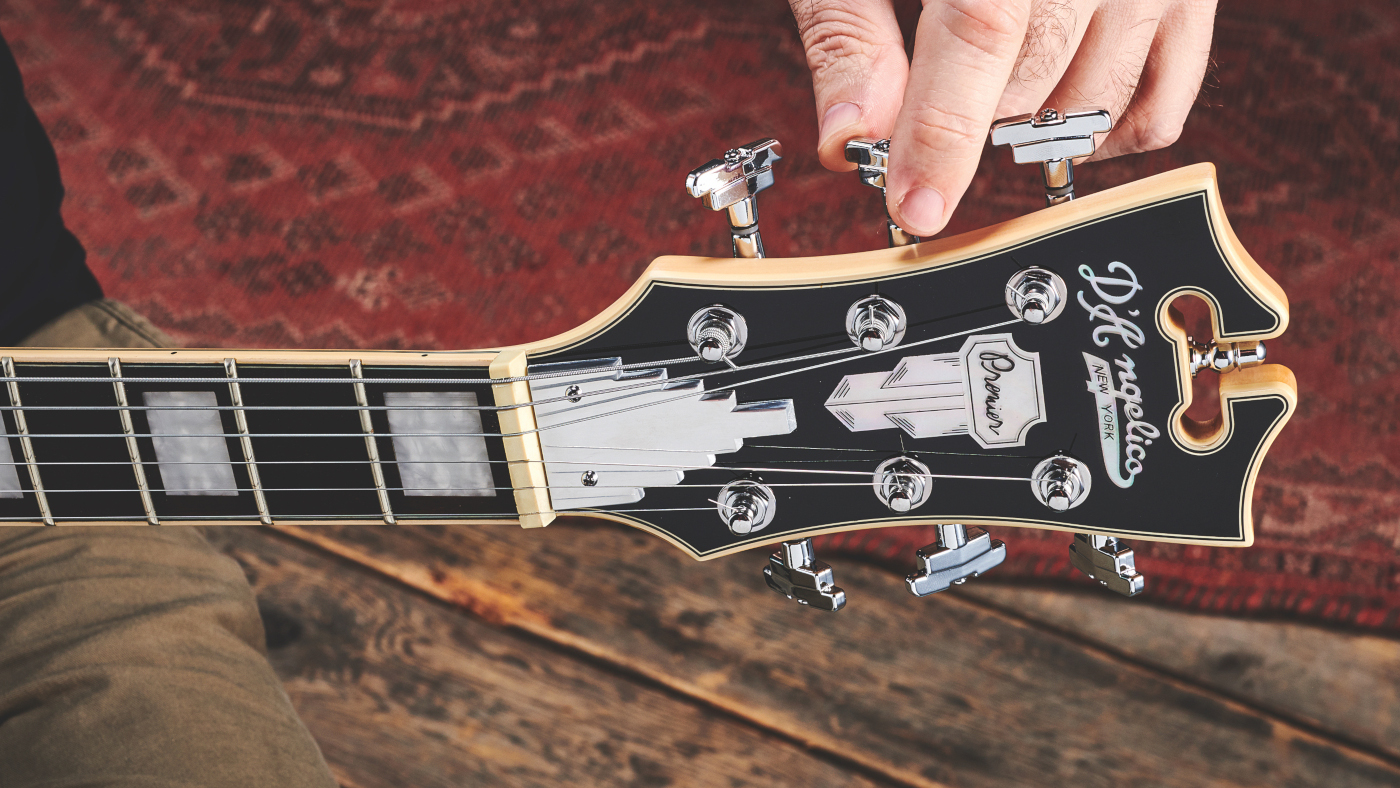
1. Tune up
“The very first thing that I always check when I’m recording guitarists is, obviously, do they have the instrument intonated. That’s the number one hurdle that I handle with most guitarists: they haven’t correctly intonated, or even if they’ve had their instrument worked on by someone else, it just doesn’t suit their playing style or the tuning that the song is in.
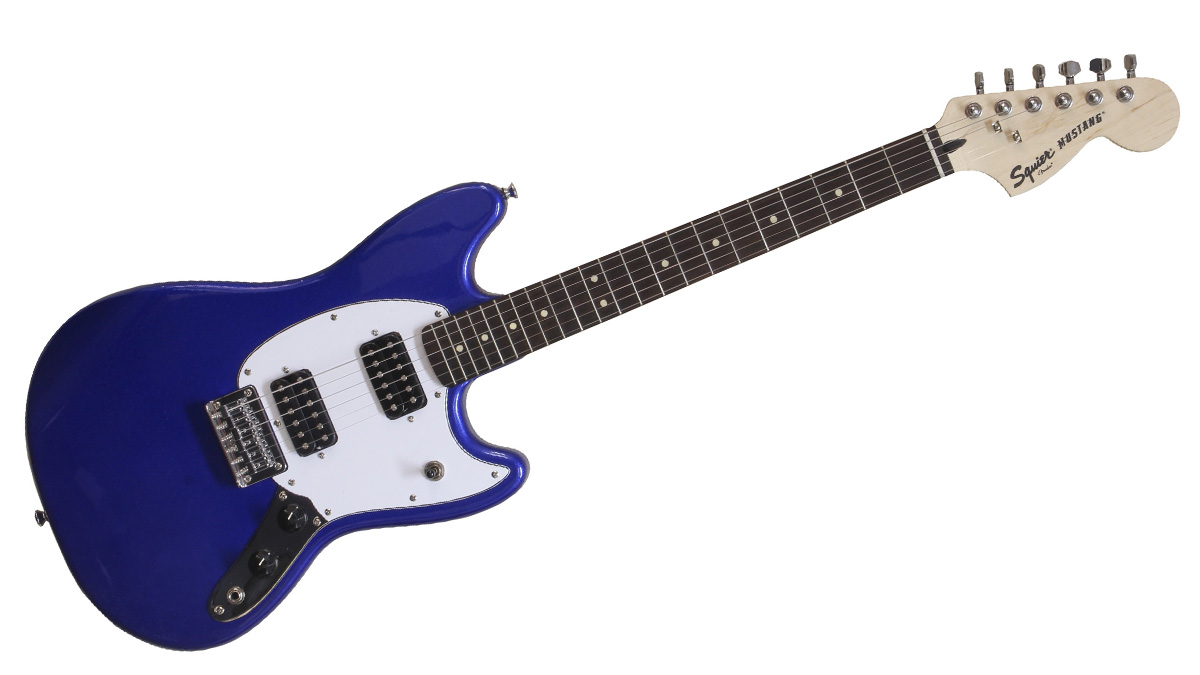
"Having it properly intonated, which I usually do — and usually have to teach guitarists how to do — will always get you the best results, because it enables you to focus on getting the performance, rather than breaking the performance up into parts because of tuning problems.”
2. Know your parts
“Second, and this would seem obvious, is often making sure that the guitarist knows the parts and knows exactly what they’re meant to be playing, relevant to what the other instruments are doing, especially with bands with two guitarists, where there might be notes or chords that don’t work together quite well.
"So it’s making sure that the parts are right. That’s before we even start talking about sounds and tones and that sort of stuff.
"Finding the right instrument for the song is also essential. When there are options, it’s important to choose the right guitar for the sound before choosing amps and microphones.”
3. Find your sound
“I work in quite a different array of genres, and guitarists are usually very specific about their sounds, so I’ll often let them guide me as to their preferences for amps. I’ll help engineer the sound and together we’ll get the best result out of it that way.
Often you’re working with guitarists who have never plugged into a real amp
"Often you’re working with guitarists who have never plugged into a real amp. They’ve been using digital technology, like Axe-Fx or Kemper, recording straight into the computer and using amp simulators to get guitar sounds, which I’m absolutely OK with. I think it’s great.
"But in the studio, I like to take the time to record a real amp, again for reasons of capturing and committing a sound that helps define the song and the performance. This also helps inspire further tonal choices in the music as it progresses.”
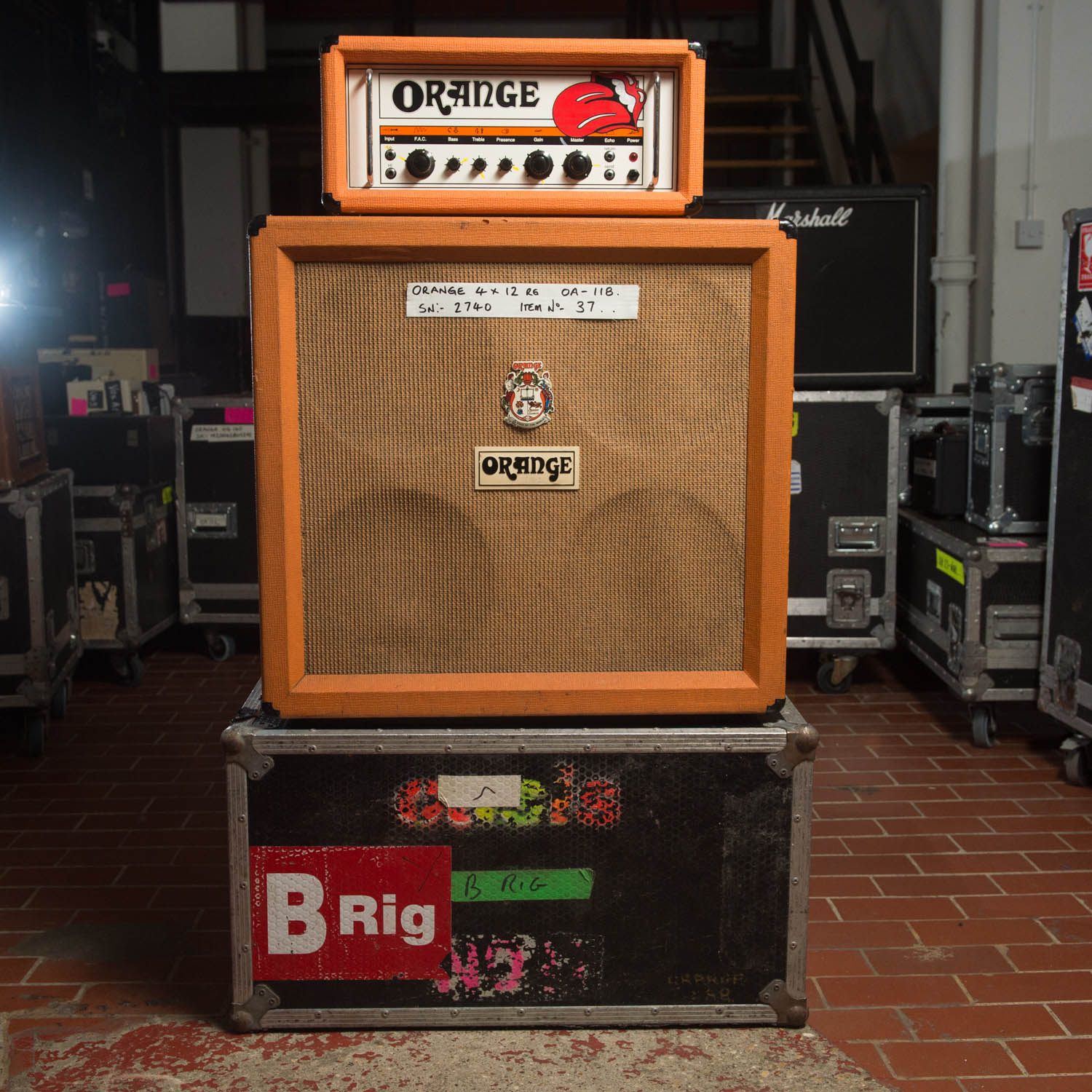
4. Call for a cab
“The next main choice to get the tone, after the amp choice, would be the speaker cabinet and speakers. I like to set up as many speaker cabinets as I can in the studio and have them listen to each one being played under a microphone.
Sometimes we use two different setups for one guitar sound and blend them together
"An SM57 is my first choice for that. I’ll check each cab with a 57 and find the one that suits the amp and the guitar. It’s setting up cabs, getting a performance through each one, listening back, and then choosing the correct cab.
"Sometimes we use two different setups for one guitar sound and blend them together. This gets great results because you can often have different characteristics from one amp and the other. But the first step is to choose the right one at the beginning, and then you can add a second sound, once you’re happy with the first one.”
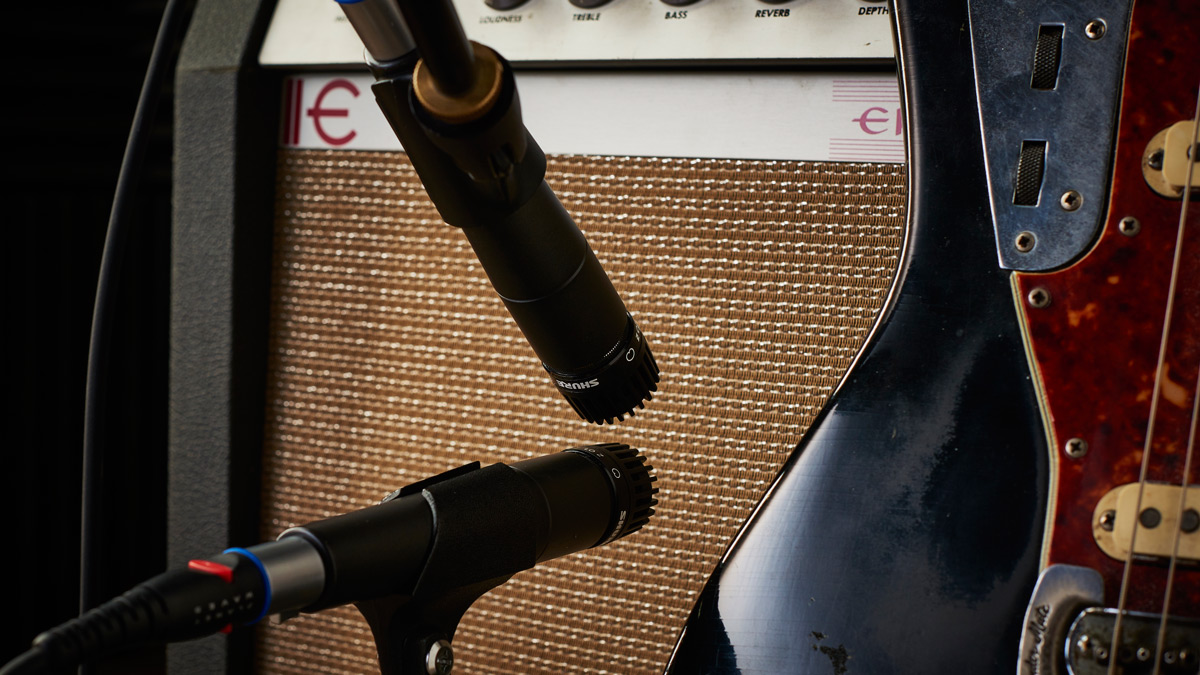
5. Mic check
“Getting the correct mic position is part of choosing the speaker setup. You’re moving the microphones around to find the right tone for the particular part. I often combine microphones.
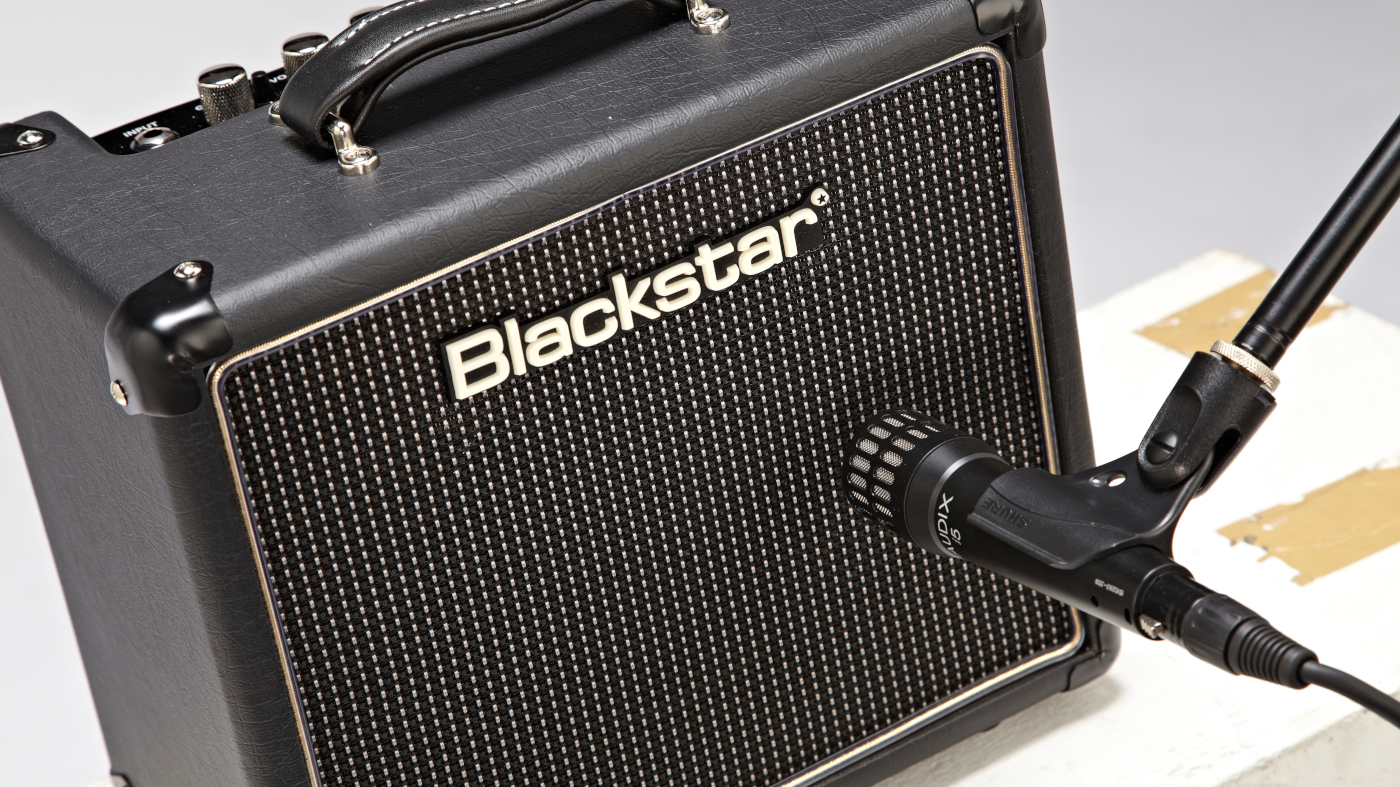
Get the best guitar tone with these pro choices from Shure, AKG and more
"|The 57 is always my first choice, and then I’ll try adding in a warmer microphone — a 414, or a Royer 121, or something bright like a 421. Lastly, I always like to add a room mic, as it adds something unique.
I always capture the DI performance of the guitarist as well, in the case that we do need to modify the guitar sound.
"When you’re in different studios, you can put up a room mic and it’s going to make the guitar sound slightly different for every studio you record in, so it gives the actual production you’re working on its own character. It’s blended in subtly, but I think it makes enough of a difference to do it on most recordings that I do.
“While all this is happening, I always capture the DI performance of the guitarist as well, in the case that we do need to modify the guitar sound.”
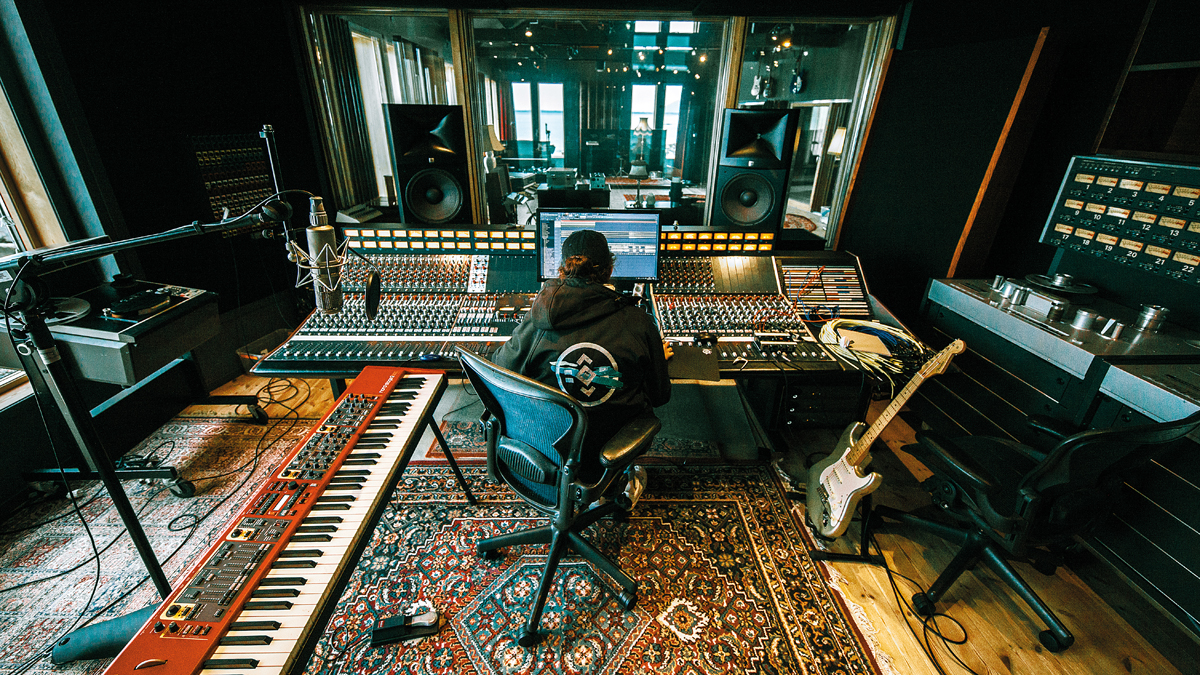
6. Finish what you started
“A lot of guitarists have this idea that they’ll flesh things out when they’re in the studio, and it ends up wasting a lot of time. Computers and home recording have changed the landscape of what people are able to do, and when they are in a studio with a producer, they haven’t committed to anything, so they’re a bit vague. They come in with this attitude of, ‘Oh, we’ll just work it out.’
A lot of guitarists have this idea that they’ll flesh things out when they’re in the studio, and it ends up wasting a lot of time
"Because songs these days are in the digital format, a flexible format, as a producer, you are adjusting things and taking the reins, so the song does evolve and change. But there’s also a thing where the songs weren’t properly written or worked on in enough as demos.
"Again, because they’re working in the digital environment, there’s no commitment to anything, and so the songs are in an unfinished stage because they think the last 30 or 50 percent is going to be finished in the studio.
"Obviously, having your instrument ready, in tune, cleaned up, and intonated goes a long way, but also doing your homework before you come into the studio is essential.”
Bryan Beller's Scenes From The Flood is out now on Onion Boy. For more info on Forrester Savell visit forrestersavell.com









